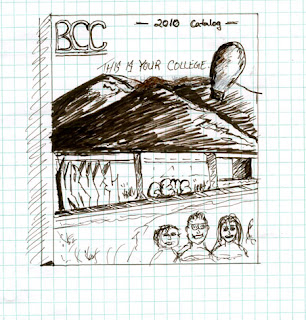
. How does your design teach something about a particular segment of history and engage the audience?
2. How does your design conform to the "rule of thirds"?
3. How have the principles: emphasis, alignment, contrast, balance, flow and repetition
been implemented within your design?
4. What role does color serve within your design?
In generalizing karate, the best that i could, i wanted to find the earliest history or orgination of the art. So i presented my audience with specific knowledge on the first man to travel and use a given "self-defense" as protection that later transformed into what we know as karate. The design in general portrays the rule of thirds in that the headline or banner KARATE across the top with the SUN is first third, the area with the man kicking is the 2nd section of thirds which contains the font also. Then the last rule of thirds completed by the man in the low stance doing his form. All of these are directly inspired to make my audience travel around the design in a successful mannor. The REPETITION of the suns rays lead from all ends of the spectrum of this design. I Made sure the colors were opposite as in yeellow and grey to create CONTRAST amongst the design and to help BALANCE the various colors. As far as the way my design FLOWS, its relativity and connection is seen from the KARATE headline which leads into the man kicking while bringing the viewers eyes down into the middle third which contains the information as well as the bottom third where the second picture lays back. After the information is read and history is presented, the rays all draw the eye back up to the vibrant sun and it starts over again in a consistent flow. I would say that color is the biggest significance to this design followed by the figures. Without creating a focal point of the sun and the vibrancy of the rays, the flow and balance wouldnt be completed. It really makes the sun pop out and immediately allows us to follow the rays out to deliver the information to my audience.










